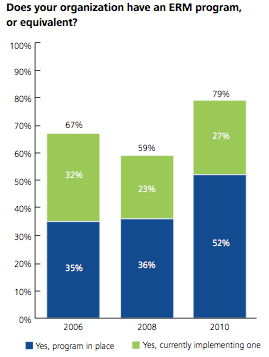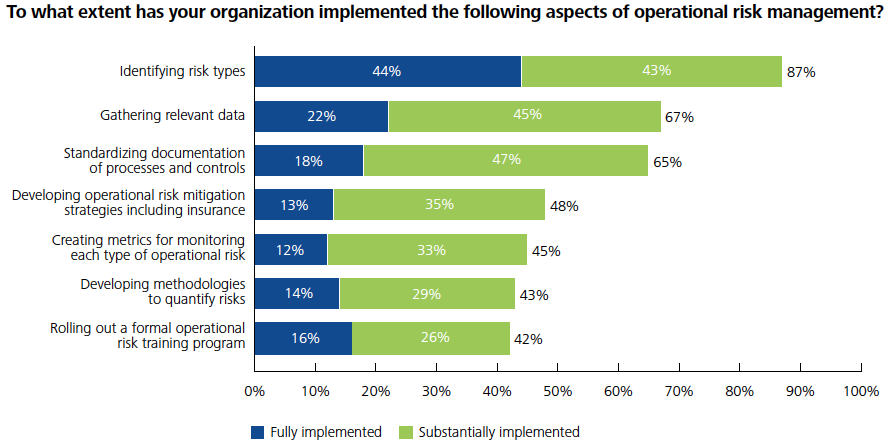Arkansas experienced a 4.7 magnitude earthquake last night, with two more (registering at 3.8 and 3.6) following soon after. And, according to Scott Ausbrooks with the Arkansas Geological Survey, the 4.7 magnitude earthquake was the largest quake to occur outside of the New Madrid Fault System since 1969.
But Arkansas is no stranger to quakes. Since 2009, a series of tremors have plagued the central region of the state, more specifically, the town of Guy, population 563.
Since the early fall, there have been thousands, none of them very large — a fraction have been felt, and the only documented damage is a cracked window in the snack bar at Woolly Hollow State Park. But in their sheer numbers, they have been relentless, creating a phenomenon that has come to be called the Guy earthquake swarm.
So what’s causing these continuous earthquakes? Many residents think the gas companies are to blame. A few years ago they arrived to drill for gas and, soon after, the town started shaking.
Though such swarms have occurred in the past, way before the gas companies arrived, researchers with the Arkansas Geological Survey say that while there is no discernible link between earthquakes and gas production, there is “strong temporal and spatial” evidence for a relationship between these quakes and the injection wells.
As natural gas exploration has exploded not only in Arkansas, but throughout the southern parts of the United States, we are left to wonder if the next “swarm” will hit Louisiana, or Texas, or Oklahoma.





